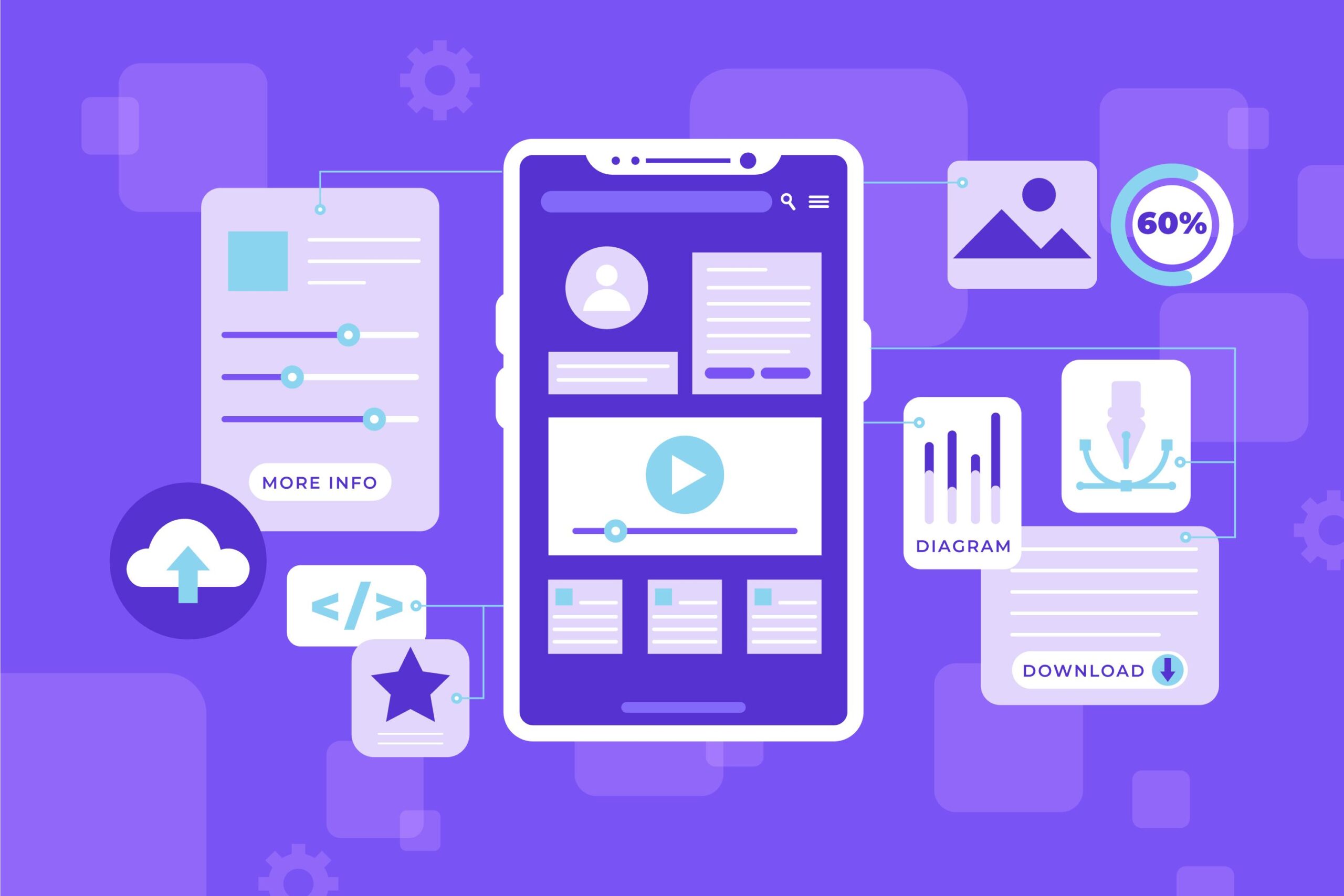
Usability testing is a cornerstone of user-centered design, serving as a vital step in creating interfaces that are intuitive, efficient, and enjoyable. Whether for websites, mobile apps, or software platforms, usability testing helps designers and developers understand how real users interact with a product. This knowledge ensures that the end result aligns with user expectations and needs. In this blog, we explore why usability testing is indispensable in UI/UX design and how it contributes to successful digital products.
What Is Usability Testing?
Usability testing involves observing real users as they interact with a product to identify areas of friction, confusion, or inefficiency. The goal is to gather actionable insights into how users experience the interface and make improvements based on their feedback.
Unlike other forms of testing, such as quality assurance or A/B testing, usability testing focuses solely on the user experience. It answers critical questions like:
- Is the design intuitive and easy to use?
- Are users able to achieve their goals efficiently?
- What elements cause frustration or confusion?
Key Benefits of Usability Testing
1. Identifying Pain Points Early
One of the primary advantages of usability testing is discovering problems before a product goes live. Identifying navigation issues, unclear instructions, or confusing elements early in the design process saves time, resources, and potential user dissatisfaction later.
2. Validating Design Decisions
Usability testing ensures that design choices resonate with actual users, not just the development team. For example, testing can reveal if a button’s placement is intuitive or if the color scheme aids usability.
3. Improving User Satisfaction
When users find an interface easy and enjoyable to use, it enhances their overall satisfaction. Satisfied users are more likely to engage with the product, return for future interactions, and recommend it to others.
4. Enhancing Accessibility
Usability testing can uncover barriers faced by users with disabilities, such as poor color contrast or insufficient screen reader support. Addressing these issues ensures a more inclusive design.
5. Boosting Conversion Rates
For commercial products, usability testing can directly impact metrics like sign-up rates, purchases, or other desired actions. By eliminating friction in the user journey, usability testing improves conversion rates.
Types of Usability Testing
Moderated Testing
Conducted with a facilitator who guides users through tasks and observes their interactions.
Allows for real-time feedback and clarifications.
Unmoderated Testing
Users perform tasks independently, often through remote testing tools.
Cost-effective and scalable but lacks real-time interaction.
A/B Testing
Compares two design variations to see which performs better.
Useful for refining specific elements, like button placement or calls-to-action.
Remote Testing
Conducted online, allowing participants from diverse locations to provide insights.
Ideal for gathering feedback from a wide audience.
Eye-Tracking
Tracks where users focus their gaze on the screen.
Provides insights into visual hierarchy and attention-grabbing elements.
Steps in Conducting Usability Testing
- Define Objectives
- Identify what you want to learn, such as navigation ease, task completion rates, or first impressions.
- Select Participants
- Choose users who represent your target audience to ensure relevant insights.
- Create Tasks
- Develop realistic scenarios that align with user goals, such as finding a product or completing a sign-up process.
- Conduct the Test
- Observe users as they interact with the interface, noting areas of confusion or frustration.
- Analyze Results
- Identify patterns in user behavior, common pain points, and areas for improvement.
- Implement Changes
- Use the findings to refine the design and test again if necessary.
Common Usability Testing Mistakes to Avoid
- Testing Too Late: Conduct usability testing early in the design process to catch and fix issues before development.
- Using Non-Representative Participants: Ensure that test participants reflect the target audience for more relevant results.
- Overloading Users with Tasks: Focus on key functionalities instead of testing every minor detail.
- Ignoring Qualitative Feedback: Pay attention to user comments and emotional reactions, not just task completion metrics.
- Failing to Iterate: Usability testing should be an ongoing process, not a one-time event.
Conclusion
Usability testing is a fundamental step in creating effective UI/UX designs. It bridges the gap between the design team’s intentions and the user’s reality, ensuring that products meet real-world needs and expectations. By identifying pain points, validating design decisions, and enhancing accessibility, usability testing not only improves user satisfaction but also drives business success.
In the competitive landscape of digital products, usability testing is not an option—it’s a necessity. Investing in this process ensures that your design is intuitive, efficient, and, most importantly, loved by your users.
Devoq Design is a premier UI/UX design agency with a strong presence in both Gujarat and Karnataka. Renowned for their innovative and user-centric approach, Devoq Design specializes in creating seamless and engaging digital experiences. As a leading UI/UX Design Agency in Gujarat they cater to a diverse range of industries, ensuring each project is tailored to meet the specific needs of their clients. Similarly, as a top UI/UX Design Agency in Karnataka, Devoq Design combines cutting-edge technology with creative expertise to deliver exceptional results that drive business growth and user satisfaction.







